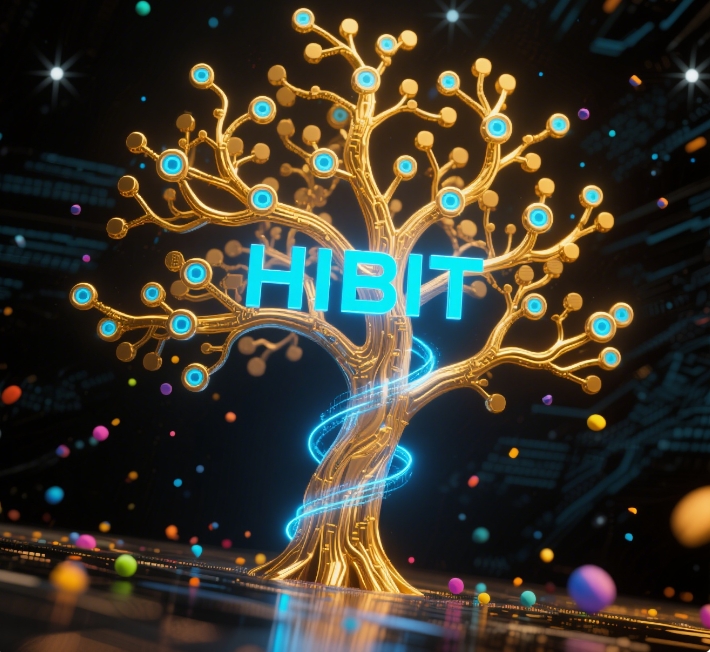Blockchain technology is continuously evolving, with key advancements in scalability, interoperability, and regulatory frameworks that are reshaping its trajectory. As the digital landscape evolves, staying informed about these developments is crucial for investors, developers, and enthusiasts alike.
Ethereum's Strategic Upgrades and Institutional Adoption
Ethereum, the second-largest blockchain by market capitalization, is undergoing a revival driven by strategic upgrades and increasing institutional interest. The recent "Pectra" upgrade has significantly improved Ethereum's transaction speed and efficiency, addressing scalability concerns that previously hindered its adoption. This upgrade positions Ethereum as a more viable platform for decentralized applications and smart contracts.
Institutional adoption is also on the rise. Major asset managers, such as BlackRock and Fidelity, have launched tokenized money-market funds on Ethereum, signaling growing confidence in its infrastructure. Additionally, stablecoin regulation efforts in the U.S. and Circle's public market debut have further solidified Ethereum's credibility in the financial sector.
The Rise of Blockchain Interoperability
Blockchain interoperability is becoming increasingly important for developers and enterprises seeking to create a more connected and efficient decentralized ecosystem. Advancements in interoperability protocols are dismantling silos between different blockchains, enabling seamless data sharing and value transfer across platforms. This development is expected to foster innovation and expand the applicability of blockchain technology across various sectors.

Regulatory Developments and Market Growth
Regulatory clarity is essential for the continued growth of the blockchain industry. Recently, the U.S. passed the Financial Innovation and Technology for the 21st Century Act (FIT21) in the House of Representatives, marking a significant step toward establishing a structured regulatory framework for digital assets. This bipartisan legislation outlines the roles of the Commodity Futures Trading Commission (CFTC) and the Securities and Exchange Commission (SEC) in overseeing digital assets, providing much-needed clarity for market participants.
Projections for the blockchain market reflect this optimism. The global blockchain technology market, valued at USD 31.28 billion in 2024, is expected to reach USD 1,431.54 billion by 2030, growing at a compound annual growth rate (CAGR) of 90.1%. This growth is driven by the increasing demand for secure and transparent transactions across various industries.
HIBT: Your Trusted Source for Blockchain Insights
At HIBT, we are committed to providing timely and accurate information on blockchain technology developments. Our platform offers in-depth analyses, expert opinions, and the latest news to keep you informed about the rapidly evolving blockchain landscape. Whether you're an investor, developer, or enthusiast, HIBT is your trusted source for blockchain insights.
Author Bio: John Doe is a blockchain technology analyst with over a decade of experience in the field. He has contributed to various industry reports and is a frequent speaker at blockchain conferences. John specializes in market trends, regulatory developments, and technological advancements within the blockchain ecosystem.